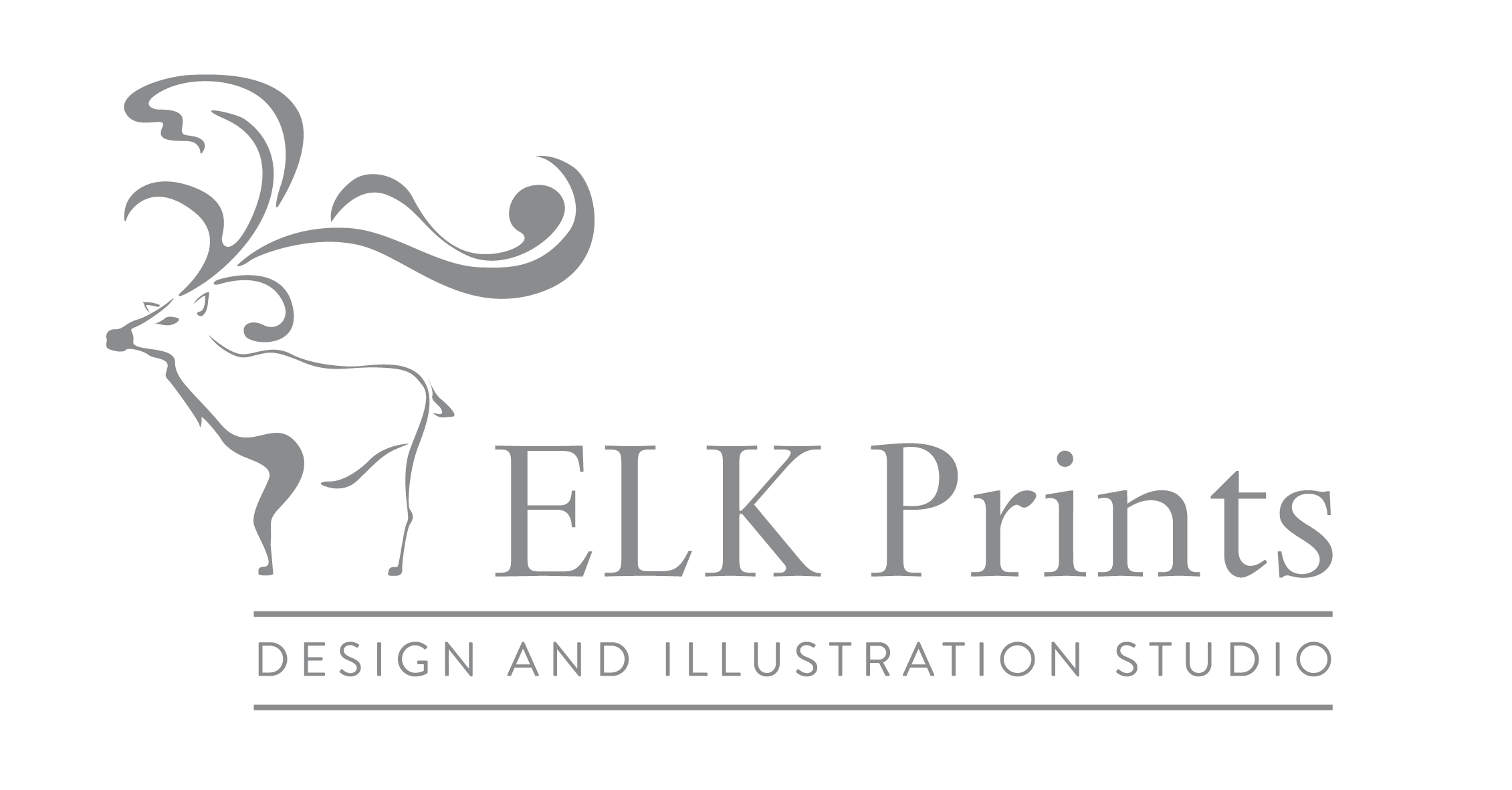4.1 Documenting Experience

“Like a literary text, the city has as many interpretations as it has readers; and while some analyses may gain a preponderance of support and the aura of authority, changes in the city and in its representation will ensure that our visions or readings of it continue to be plural.” (Sharpe and Wallock 1987; p.17)
A city is distinctive when it offers to us a certain experience, unique to that city. It is that certain metaphor, symbol or brand that appealed to our perceptions and attracted us to visit that city. However the idea or a myth of an experience is different to the actual experience of being within the city. The actual experience is what we encounter and is what becomes significant to us when we recall that city. Our experience and our perceptions of a city then become two-fold, it is both the mythological symbol that appeals and attracts us, as well as our actual encounter with the city. Both of these experiences may be looked at through the lens of language, as it is a powerful tool to both shape a metaphor or mythology and also to recount actual experience.
Cities in particular are defined and exist only when they act as a form for people to interact with. In order to uncover the ways in which people interact with the city the designer should consider Narrative Inquiry as a means to do so. The way in which Narrative Inquiry helps us to explore peoples experiences in a highly qualitative manner allows us to see how the city functions. By bringing a human quality into the research and examining just how people do interact with the city by using a Narrative Inquiry we can enrich our understanding of the city.
Narratives may be present in numerous different ways, not just as a personal account of someone’s experience. It may also be expressed subtly or it is part of the design process that brought something to life.15
15. “Narrative discourses can assume a variety of forms – they can exist in the architecture of buildings, in the contours of a racing car, in the tune of a folk ballad, or even in the tilt of a hat or the lacing of a pair of sneakers.” Parker, S. (2004). Urban Theory and the Urban Experience. p.149
